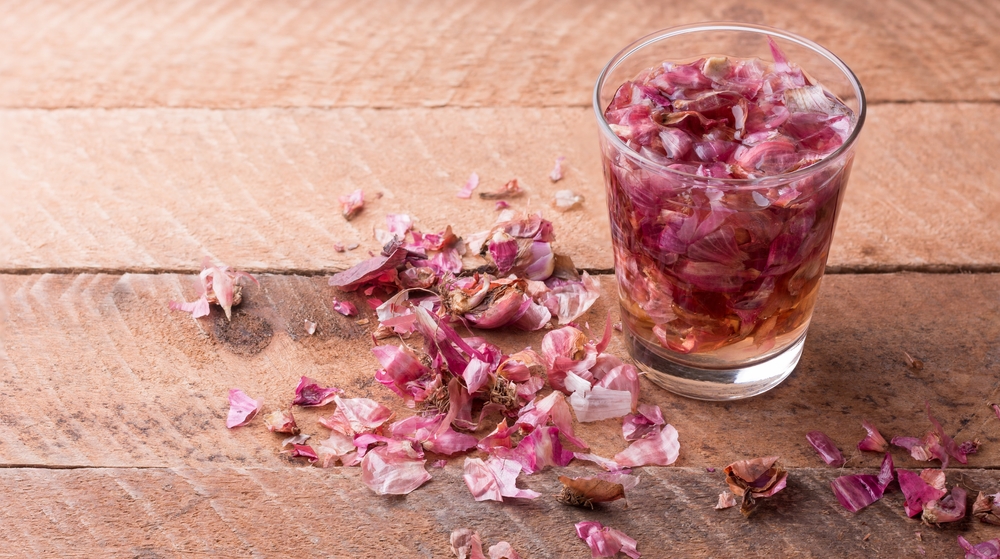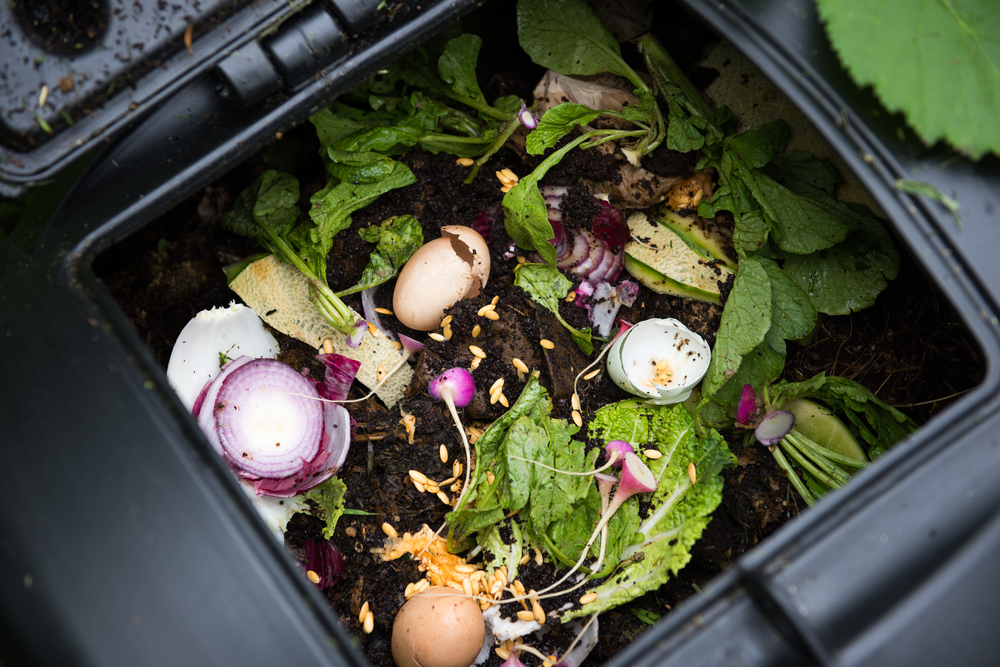Maybe you throw away the skins when you peel an onion? Know that they are a mine of nutrients that can be very useful in the garden.
If you have started a zero waste approach at the start of the year, here is what you can do with onion skins instead of throwing them away. Why not collect them to benefit your garden?
What do onion skins contain?
Onions are used in a large number of recipes. Unfortunately, the peels are almost systematically thrown away. However, like onions, they contain vitamin A, B and C. Onions also contain quercetin, an antioxidant flavonoid. Finally, it contains potassium, zinc, sulfur, phosphorus, iron, iodine, saponins and pectins.
Recycling onion skins is a good idea. They can be used as a vegetable coloring, to fight colds and coughs, to treat acne or even treat small skin infections. Onion skins can also be used in the garden and enrich the soil around plants.
1 – Use onion skins as fertilizer
You may have decided to start your own vegetable garden this year. Instead of investing in fertilizers, know that onion skins are very effective in the garden. They can promote the development of seedlings. It is possible to make fertilizer from onion peels by mixing 100 grams of chopped onion peels with a liter of rainwater. You can leave this mixture to macerate for 24 hours in a tightly closed container. You will then have to filter it and dilute 10 centiliters of this maceration in one liter of rainwater. Then you can spray your plants every 15 days. The peels being very rich in nutrients, your fertilizer will accelerate the growth of the shoots.
Also use your peels to defeat powdery and mildew. For this, you can make an infusion. Take 100 grams of chopped onion skins in a liter of water. Bring everything to a boil. As soon as the water comes to a boil, turn off the heat. Let your onion steep with a lid until it cools. You can then filter and spray this infusion once a week when the weather is humid.

Also read – Natural fertilizers for green plants: 5 waste products to use to boost them
2 – Put your onion skins in the compost
From the end of 2023, composting will become compulsory for all individuals. If you want to reduce your waste now, opt for a composter. You can put all the onion skins there. As they decompose, the onion skins will also deposit their vitamins and nutrients. These will be absorbed by the new earth being formed. Once the compost is ready, you can add it to the base of your cultivated plants. This rich soil will strengthen the growth of your vegetable garden.
Also read – Protecting compost from the cold: 3 common mistakes that prevent it from working
Mulching is used in the garden to cover the soil around cultivated fruits and vegetables with mulch. It involves adding dead leaves and straw, but it is also possible to add onion peels. Mulching helps reduce water supply by conserving soil moisture. In addition, this prevents weeds from growing too quickly around the plants. Finally, onion skins are used for their antimicrobial properties and their nutrients to increase the rooting of young plants.

3. Mulch
Place a layer of onion skins around your plants to protect the soil from drought and limit the growth of weeds.
4. Natural repellent
An infusion: Prepare a concentrated infusion of onion skins and spray it on your plants to repel insects.
In decoction: Boil the peels in water and let cool. Pour the liquid into a spray bottle and use it to protect your crops.
Onion skins are a real treasure for your garden. By using them wisely, you will contribute to the health of your plants while reducing your waste.
Article updated
consoGlobe also recommends…
Source: www.consoglobe.com


